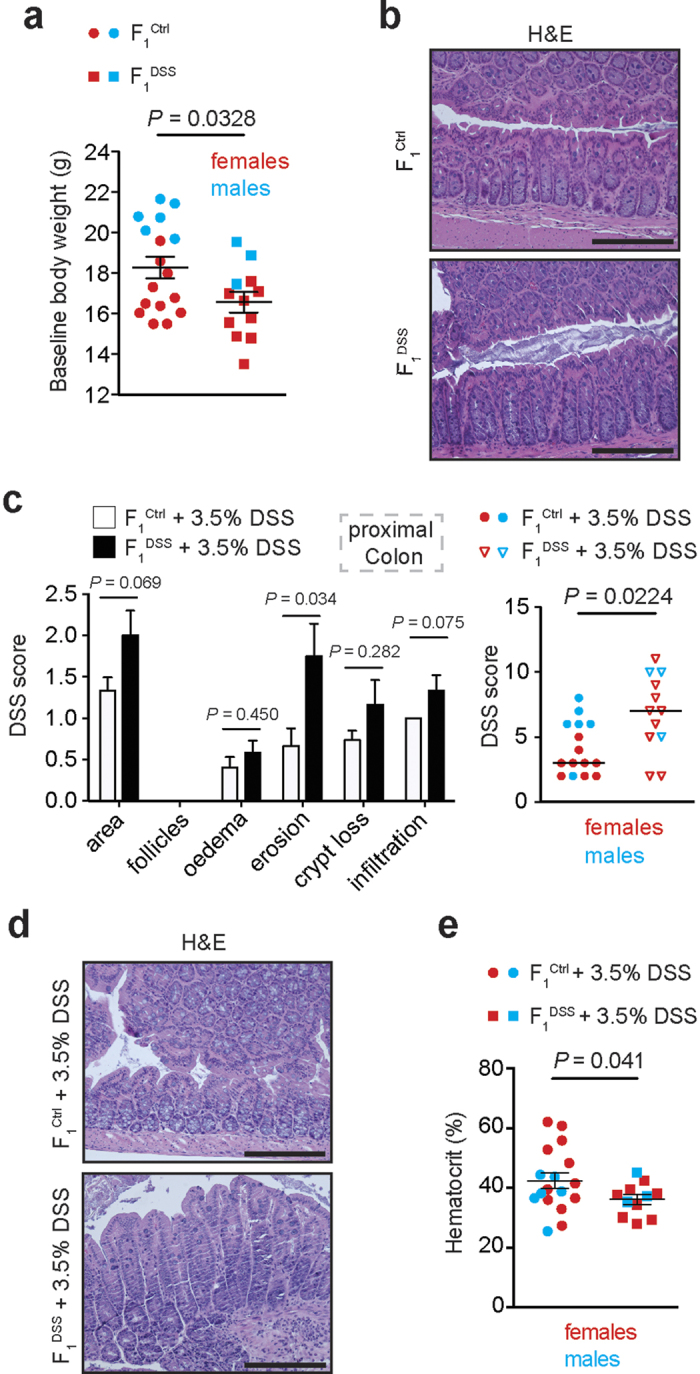Figure 1. Chronic experimental colitis leads to a lower body weight and increased susceptibility to inflammation in the offspring.

(a) Body weight comparison between 7 week-old female and male littermates that are offspring of either F0Ctrl males (F1Ctrl) or F0DSS males (F1DSS). Mice littermates of both groups were taken from average litter sizes: F1Ctrl and F1DSS mice originated from 3 and 2 different litters, respectively. F1Ctrl females, n = 11; F1DSS females, n = 9; F1Ctrl males, n = 6; F1DSS males, n = 3. Mean ± SEM; Unpaired, two-tailed Student’s t-test. (b) Representative H&E stainings of the distal colon of 13 week-old F1Ctrl and F1DSS mice at baseline conditions (scale bars, 200 μm). (c) DSS subscores (left) and the resulting cumulative score (right) of the proximal colon of F1Ctrl and F1DSS mice after induction of an acute colitis by adding 3.5% DSS in the drinking water of mice of both groups (F1 DSS susceptibility test). F1Ctrl females, n = 9; F1DSS females, n = 9; F1Ctrl males, n = 6; F1DSS males, n = 3. Mean ± SEM; Mann–Whitney U-test. (d) Representative H&E stainings of the proximal colon of F1Ctrl and F1DSS females after 6 days of treatment with 3.5% DSS (scale bars, 200μm). (e) Blood hematocrit value (in %) of F1Ctrl and F1DSS mice after 3.5% DSS treatment. F1Ctrl females, n = 11; F1DSS females, n = 8; F1Ctrl males, n = 6; F1DSS males, n = 3; Mean ± SEM; Unpaired, 1-tailed Student’s t-test.
